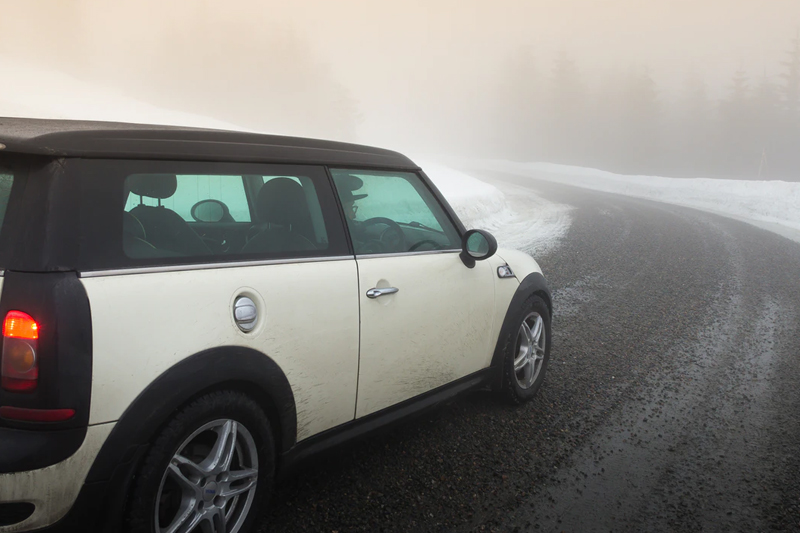
What Stops Batteries from Working in the Winter?
09 Sep 2019
Category:
We are all familiar with what happens when the winter months bring in a wave of cold temperatures. Vehicle batteries may struggle to supply the high currents required to get their engines started. These batteries use lead dioxide and pure lead plates immersed in electrolytes (otherwise known as dilute sulphuric acid) to store electrical energy and deliver it on demand. The problem with winter weather is that engine demand is often greater in lower temperatures. This coupled with cold-thickened oil means that there are two main problems batteries need to overcome in the winter: not being able to perform at their best and an inability to complete the more difficult task of starting the engine.
Here are a couple of things to look out for so you can help to protect your battery from the consequences of cold weather.
Ignition Problems
If you find that your engine is turning over at a much slower rate than it usually does, this could indicate that the battery is in a discharged state. A completely discharged battery may not even turn the engine over at all. In addition to problems with starting the engine, a discharged battery may stop dashboard lights from illuminating.
In most cases, batteries that fail to meet electrical demand are not flat or faulty but depleted of their electrical charge. Replacing a battery that only requires a recharge can, therefore, be a costly and unnecessary procedure.
To ensure that your battery stays charged in cold temperatures, make sure to carry out routine battery health checks. These can be performed visually at your discretion, but it may be a better idea to visit a garage or motor factor for a free health check. These typically only take a few minutes and can save you from a costly misunderstanding. NAPA recommends conducting a battery health check every three months if your battery is over two years old to safeguard against unexpected technical issues.
Short Trips
In winter especially, failures to start are often a direct result of too many short, low mileage journeys. In these instances, the energy used to start the car is left unreplenished by the vehicle’s charging system, which causes increased discharge over time.
NAPA recommends that you take your vehicle out on a long drive every few weeks. Doing this will give your battery the time it needs to recharge. You might also purchase a separate external battery charger to negate the need for extra trips.
Performing regular battery health checks before cold weather sets in can defend against unexpected breakdowns. If a repair or replacement is necessary, NAPA supplies a full range of vehicle batteries and rotating electrics to keep your vehicle up and running.
Oil Colour and Associated Myths
Committed to quality, NAPA partnered with Valvoline™ Global Operations to develop a range of high-quality...
Read MoreKNOW HOW - TECHNICAL BULLETIN - TB-NFO-01
Fitment Challenges with Oil Filters N.B. Important Information Please be aware of the differently designed...
Read MoreKnow How - Expert Edition - Brake Fluid Testing
It can be easy to forget about and neglect your brake fluid, but doing so can result in a total braking failure. For a better understanding of why, how, and when you should be testing (and changing) brake fluid, look no further than NAPA Know How.
Read More